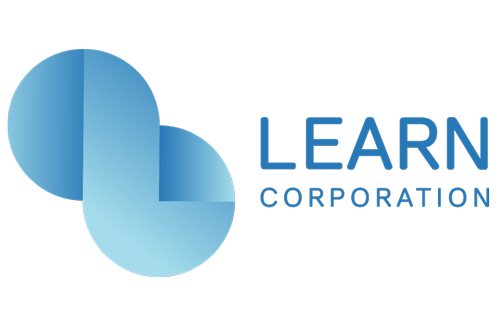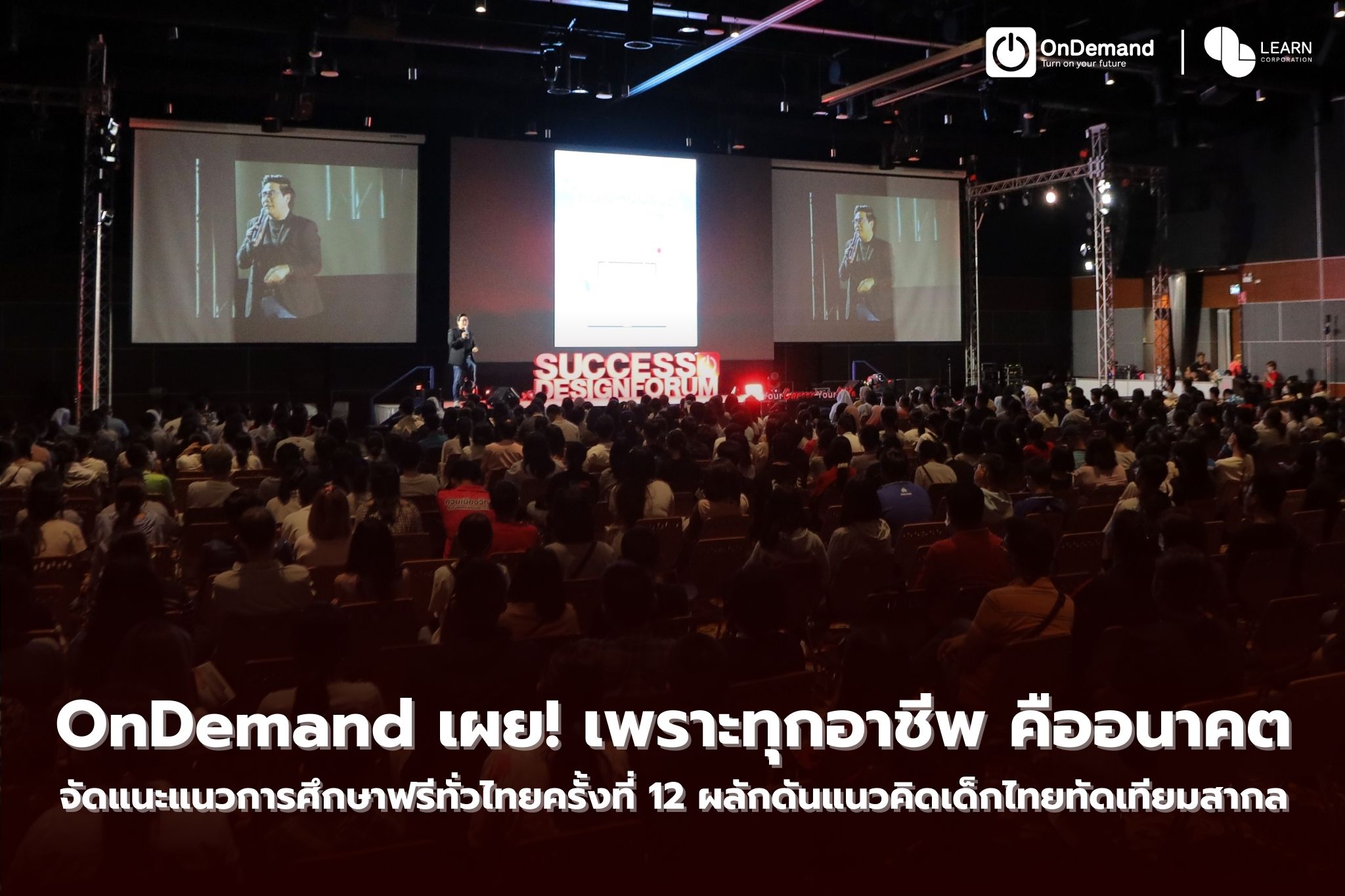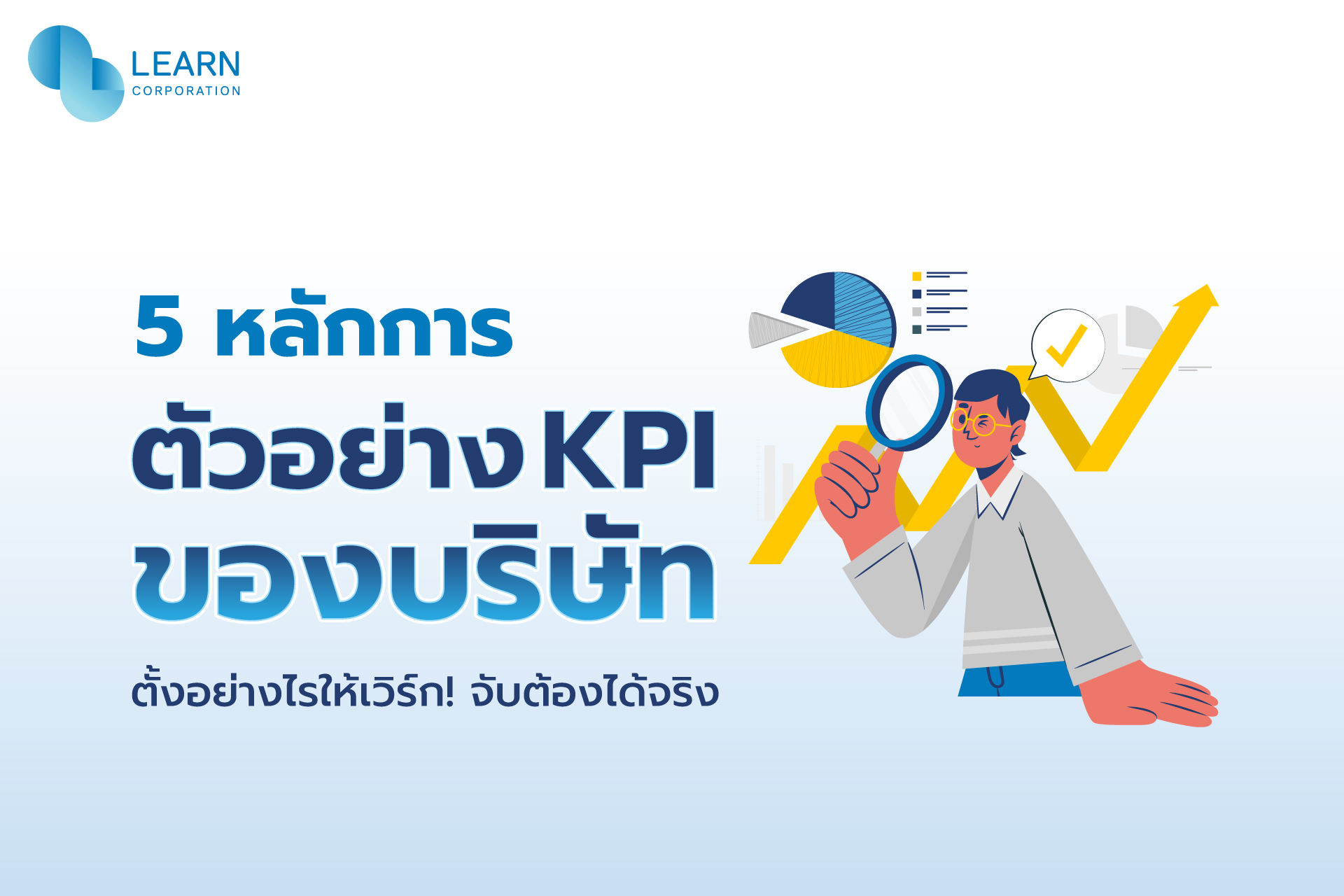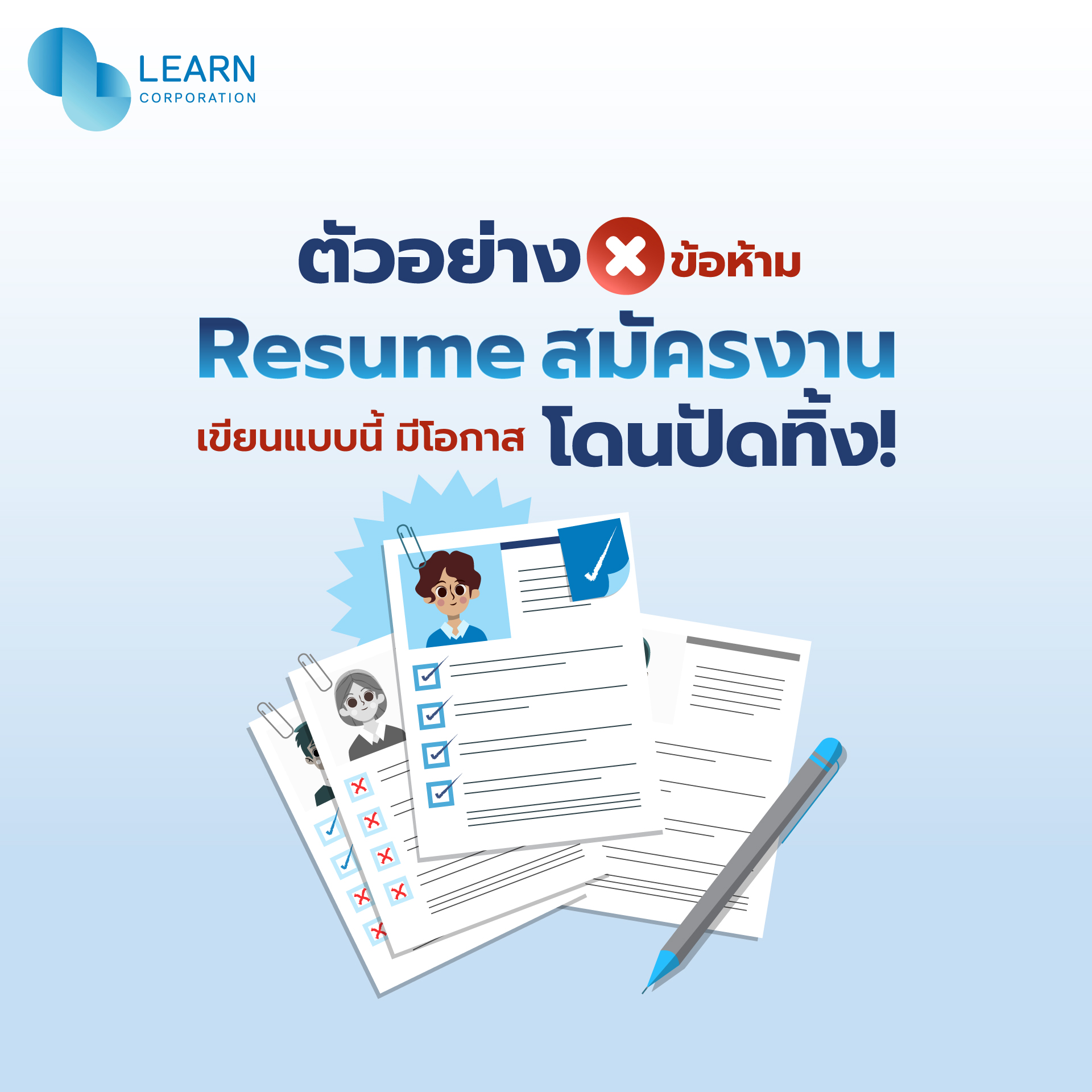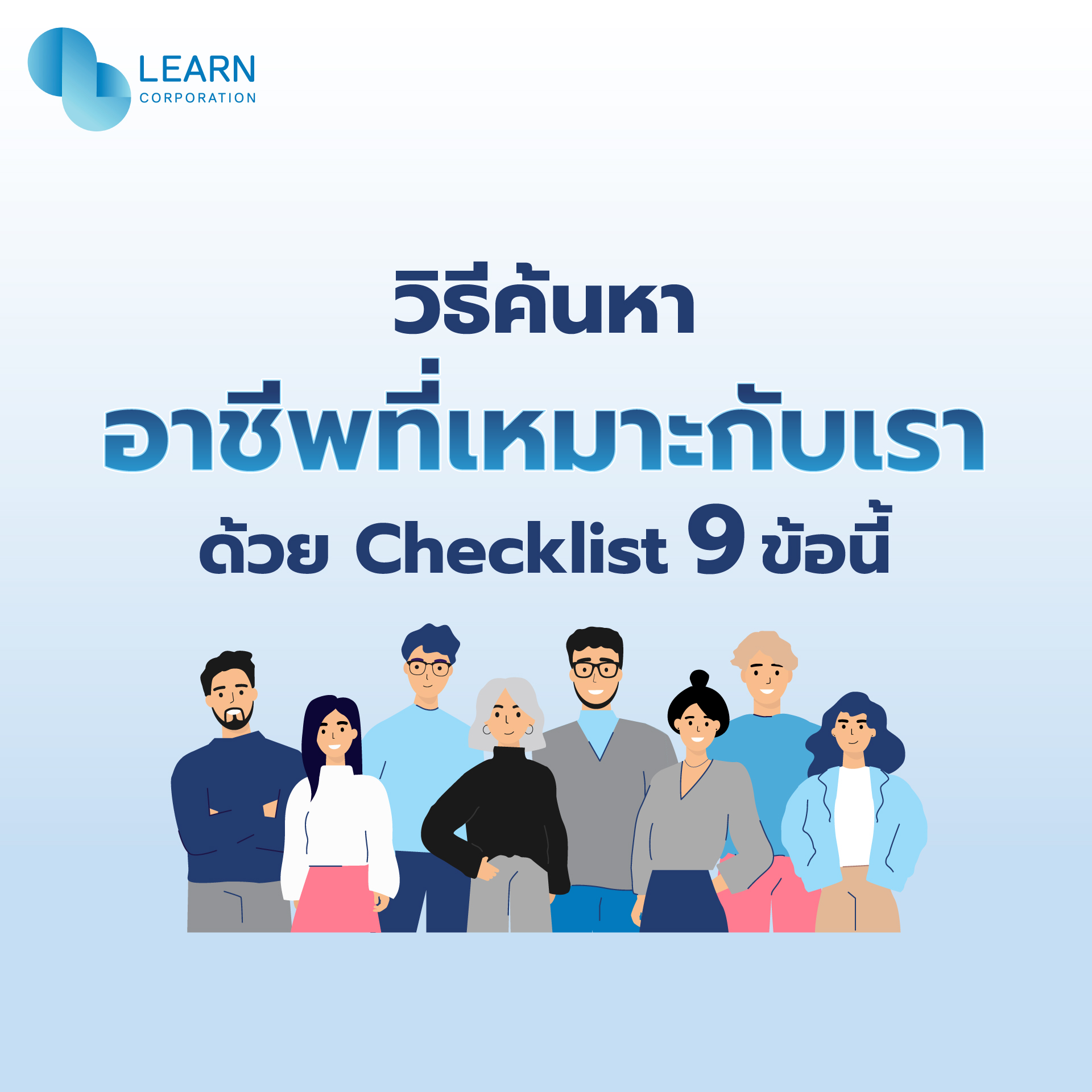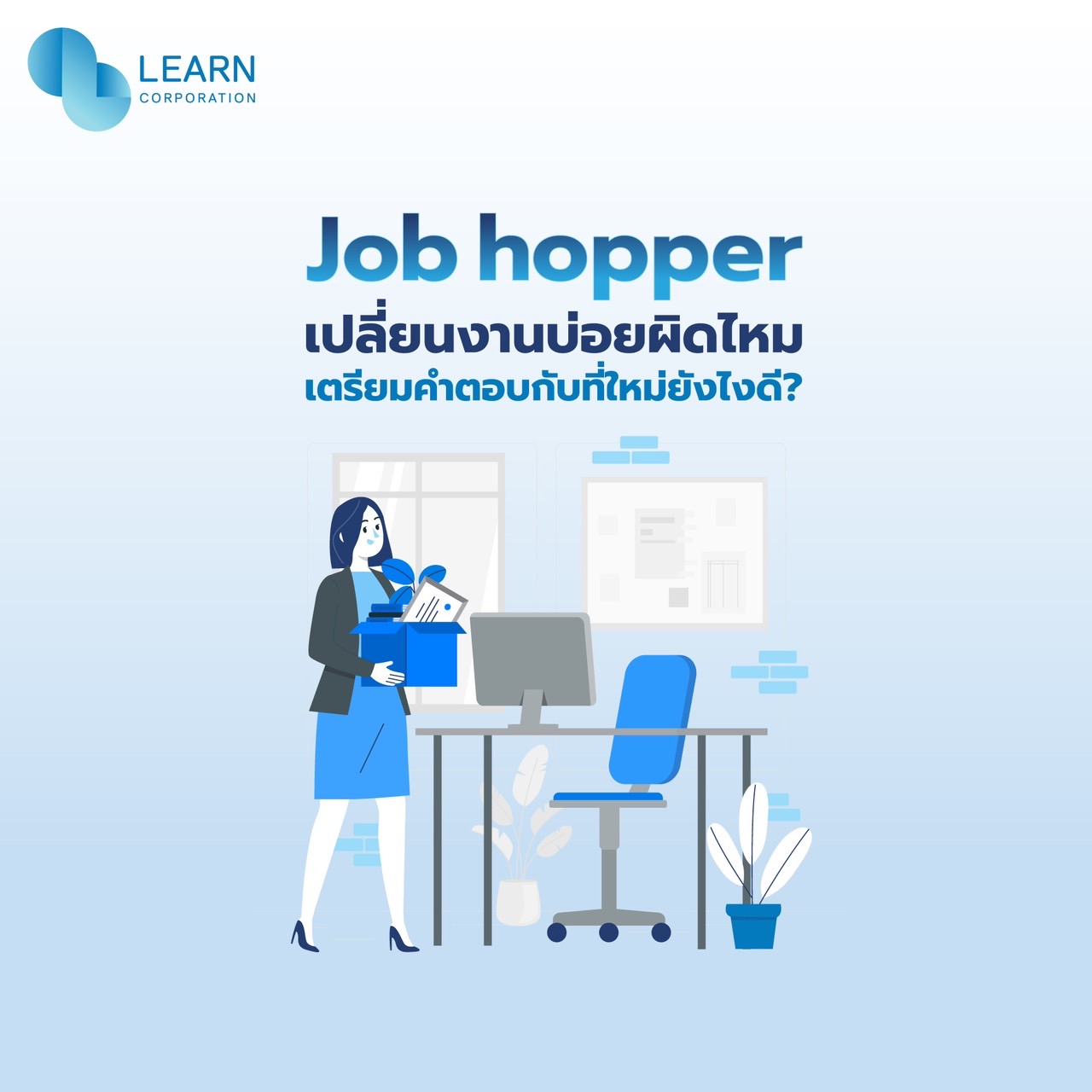Education Enhancement with Education Technology
It’s undeniable that several technologies like communication network through satellites, the internet, and online social media gradually play a crucial role in people’s lives nowadays. However, what’s more important is how we can leverage these technologies efficiently and use them as a tool to solve the problems in our country.
Tanin Timthong and his friends are a group of people who believe that technology is capable of tackling the issues regarding education gaps and quality. That was the start of Learn Education Company Limited, applying technology to educational system in remote areas and continuously enhancing education quality in Thailand. Today, students at 160 schools in 44 provinces in Thailand study with Learn Education’s digital content.
What Are the Educational Issues?
“In 2554, there were a lot of complaints that education in Thailand was poor and unable to compete with other countries. That was the beginning of ‘Learn Education’. We would like to change the role from an audience to the one making an impact on Thailand’s education. Though we were not experts in the educational field, we ourselves blended in and cooperated with hundreds of schools to see what their pain was, what challenges they were encountering, and what kind of support they needed.”
“Working with the schools, we found two major problems needed to be solved, including education quality and gaps between schools in the cities and those in provinces. The familiar scene in provincial schools was that one teacher was responsible for multiple subjects and many classes. That meant no matter what field the teachers graduated in, they had to teach the subjects they did not quite specialize in, which could lead to unsuccessful outcomes. With great spirit of the teachers, however, many of them had to teach multiple subjects as we could see.”
“Many said that poor education results from teachers, but what I want to say is that most of the teachers carry great spirit to choose to do this job. The teachers today, however, do not receive much enough support such as equipment, technology, and teaching materials which can facilitate them to effectively develop our children to be the bright future of our nation.”
“In the past, if we would like to develop schools, we needed to develop teachers and recruit a lot of skilled teachers to be sufficient for the number of students. Any schools were lucky enough to meet the criteria would have a high standard. Some schools having 5-6 skilled teachers might get overwhelmed by the number of students they had to take care of. Others with only a few specialized teachers would face the difficulty in teaching and learning.”
Classroom Procedure with Digital Contents
After having analyzed the problems, Mr. Tanin and his fellows came up with an idea of finding the ways that could help support the educational system, such as equipment and suitable classroom procedures. That was when digital contents, along with learning platform for mathematics and science classes, were first developed to make the subjects more interesting and enjoyable for children. Furthermore, it could be also implemented in remote areas.
“We asked the teachers what else they needed apart from the digital contents. The answer was they wanted lesson plans and student assessment tools. The assessment tools would help the teachers see development of their students and allow them to take good care of those in need.”
“Having heard so, I thought both learning platforms and interesting contents should be developed at the same time to make the classroom as effective as possible. We spent one year conducting research at a school in Suphan Buri and it was found that learning outcomes of the students who studied in our system got higher. We then tried using the contents and platform with other schools at the same level like Ekachon Songkro School, whose students were hill tribes, in Mae Jam, Chiang Mai.”
“The school was 80 kilometers away from the airport, and it took three hours to get there. They had to generate electricity by themselves for the classrooms and the secondary level could not be opened as there were no teachers who could teach such level. If we didn’t lend a hand, those hill tribal children would graduate at Grade 6 as their maximum. One more thing we could see was that the technology we brought in was of much interest to them as seen in their sparkling eyes when they saw it. The things once thought to be distant sit on the desks in front of them. They paid so much attention to the study that we were sometimes surprised to see a significant increase in their final exams’ scores.”
“After that, we expanded from one school to another, from five schools to fifteen. At that time, I would like to mainly focus on quality and gaps in education. We offered to help not only the hill tribal school but also Suksa Songkro School as well as Pariyattitham School of Wat Suan Dok, giving educational opportunity to the novices.”
Nowadays there are 160 schools in 44 provinces nationwide (2-3 schools in Bangkok) using our system. Our goal is to improve the quality of education and the provinces are the bigger mission since there are about 45,000 students currently using this solution. The largest numbers are in northeastern, northern, central, and southern Thailand, respectively.
The Technology Designed for Education
At this point, many of you might have a question what Learn Education’s digital contents are like. Mr. Tanin explained that “at the beginning of a math class, for example, children will sit at their desks with computers on. The teacher opens the class and tells the students the objectives of the lesson. The students then study the lesson on the computers. The math’s lesson lasts only 15 minutes because we know that the longer the lesson is, the less attention children will give.”
“In class, each child will put on headphones and watch a video lesson on the computers in front of them. They can also adjust the speed to suit themselves the most. This method helps slow learners to study at their own pace. The teacher’s role is just a facilitator or a mentor monitoring the whole class. In case any children cannot keep up with the lesson, the teacher will immediately give them more explanation. The slow learners will especially receive more support. This encourages them to raise their hand when they do not understand the lesson. When 15 minutes passes, the teacher will explain more what the students do not understand and assign them a quiz of five items on the computers. In this way, the students cannot copy one another’s answers as the questions are randomly picked for each of them. When they are finished, the data including an average score and percent of the students scoring under the standard will be sent to the teacher’s computer. If the average score is high, the students can move to next lesson. The results will show the items the students answer incorrectly, so the teacher can further explain the lesson more specifically and let the students take the test again to see the new results.”
“Our classroom procedure doesn’t require students to always study with our system. For four classes, the students can study two classes in our system, and the other two with the teachers. This method will enable the teachers to plan lessons for the rest classes. It is different from the former procedure where the teachers have to teach all classes by themselves. We have to keep in mind that even though technology is a useful tool, the teachers need to be able to use it properly as well. Therefore, it is required that the teachers be trained to use the system by our experts, and the system should be user-friendly for the best benefit
s of the teachers and students.”
Teacher + Technology Teaching Methodology
“I think that technology can provide both advantages and challenges. For the challenges, if the question is what the education in our country has to compete with, the answer is that the education is not the competition between schools but it is the competition between the education itself with the entertainment. That is because a variety of contents can widely spread across platforms and the entertaining contents tend to be naturally more attractive to most of people than academic ones”
“Technology allows diverse sets of knowledge to be high-quality and correspond to next ages. It will no longer be a competition of knowledge but that of skills. The teachers should change their roles from teaching to encouraging and facilitating. When the technology is brought in, the teachers will do the jobs more easily and effectively, not having to worry about teaching like in the past.”
Educational Challenges in the Future
“To answer this question, I have to take a look at the definition of education which means an act of developing a good, skilled, and happy person, or a person who takes part in the society. For me, developing a good person in the future is to improve well-being of the person and society. If this is the future goal, the challenges will change and the older frame might not exist any longer.”
“Each person probably has to do 3-4 jobs until they retire. They have to learn something new every day. Therefore, there are two levels of major challenges. Education in our country needs to develop children to grow up as knowledgeable, skillful, and thoughtful adults, so no matter what they are going to face in the future, they will be able to adapt to any changes. These are the challenges at the present we must deal with as soon as possible.”
“Looking forward into the future, I think each generation will be differently shaped by internal and external factors. The young generation will learn to find happiness and meaning of life, which is deeper than what we have learned. For example, some children have talents and very good skills in music, sport, etc. and if they have an opportunity to learn or do what they love, the goal of education is virtually archived.”
“Education in the future needs to be prepared in 2 aspects. First is mindfulness which is the practice of being aware of oneself and second is seeing potential options in the future.”
Financial Matters and Education
“Financial knowledge is an essential skill everyone should have, not only finance graduates. At present, many people in Thailand lack financial knowledge. With an aid of dynamic technology, is it possible to add such knowledge into the general subjects?”
“For example, why don’t we teach how to save money in math class or teach taxation in social studies class? These are the duty of us all, not burdens. Furthermore, financial technical terms should also be taught in Thai or English class. When children encounter the words in public places or media, they will understand the message and know that it’s not distant any longer. This will make them infiltrate into their daily life.”
Quality of Life and Social Sharing
“Education and quality of life must go along with each other. Only quality of life is not enough. I think economy, household debt, etc. are all undeniably important factors having an effect on people’s well-being. This is basically to let children know that money is not easily earned. They should spend it properly for the sake of their own, family, and society.”
“I believe that every individual in various sectors such as school, family, and related public and private organizations should cooperate with one another. The Bank of Thailand is a good role model to reinforce financial knowledge. We should know what kind of financial challenges people in each generation face and what they have to prepare so that they can understand the problems and respond to them properly in the future.”
“For financial aspect, I would like people to take a look at earning, spending, and using it to help others. Money is a tool we can use to help other people whether through taxation or donation. This way will complete life jigsaw of those in need. We were not born to be successful and die, but to pass on good things to other people in the society.”
Click ! BOT พระสยาม MAGAZINE ฉบับที่ 3/2562
